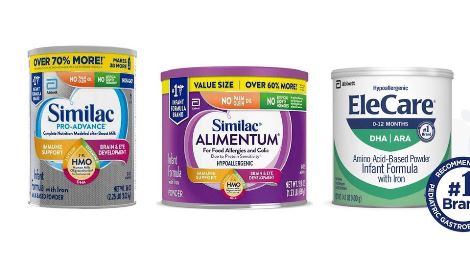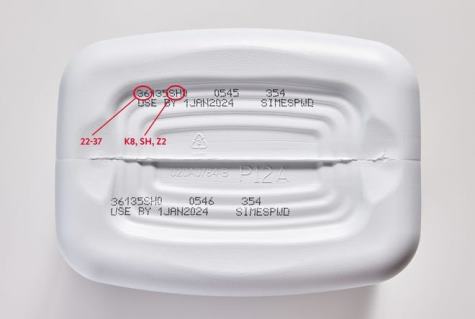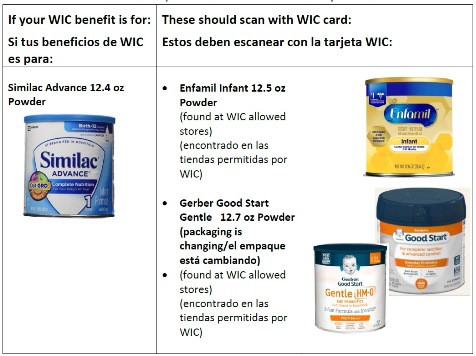by Celia Llopis-Jepsen, KCUR and Kansas News Service
Evidence is mounting that good Samaritan laws save lives. Kansas is one of just a few states without a law to encourage people to call 911 if a friend is overdosing.
In September 2020, Seth Dewey got a phone call at home from someone using drugs.
“They said, ‘Seth, we need Narcan over here right now,’” Dewey said.
The call for Narcan suggested a life-and-death emergency requiring medicine that can reverse an opioid overdose.
Dewey, whose work for the Reno County Health Department in Hutchinson focuses on combating drug addiction and overdoses, promised to rush over with doses of what’s also known as naloxone to the site where two people panicked as they watched life slipping away from a third.
He urged them to call 911, too, but they feared getting arrested.
“So I said, ‘Well, listen, then I’m going to call 911,’” he said. “When I got there, I ended up having to use three doses of naloxone on this individual. … It brought back very slow, labored breathing.”
By the time law enforcement officers reached the scene — without any naloxone on hand — Dewey had stabilized the man. Medical responders arrived later.
For Dewey, that day illustrates the need for policy changes to help more people survive a national surge in opioid overdoses.
Kansas is one of just a few states without a good Samaritan law that encourages people to call 911 when witnessing an overdose, by shielding them from prosecution.
Additionally, Kansans can’t count on law enforcement officers — who may beat ambulances to the scene of an ongoing overdose when every minute counts — to carry naloxone.
Across the country, fatal overdoses rocketed in 2020 to more than 90,000. That record number was driven largely by dealers selling drugs laced with potent synthetic opioids such as fentanyl.
Tallies aren’t complete yet for 2021, but provisional counts for the first half of the year suggest people died at even greater rates. And Kansas is among a handful of states showing the steepest increases.
Studies show most people recover from drug use disorders, but the process often takes years and involves multiple relapses. The widespread practice of mixing fentanyl and carfentanil into so many drugs today means many people never get that far.
“We’re losing too many people due to this old idea that people have to hit rock bottom” before becoming sober, Dewey said. “People aren’t getting a chance to hit rock bottom, because they’re dying.”
Someone dies of overdose almost every month in Reno County — often more than one person.
Yet Dewey sees signs of change. The Reno County Sheriff’s Office and Hutchinson Police Department now train their officers on administering naloxone, and make sure they have it available.
A state good Samaritan law could also help, research suggests. The U.S. Government Accountability Office published a report last year documenting evidence that the rate of fatal opioid overdoses improves when states pass such laws.
Deadly synthetic opioids
The vast bulk of synthetic opioids such as fentanyl and carfentanil are smuggled from abroad, and increasingly blended with other substances.
That means people sometimes don’t know that the methamphetamine, oxycodone, cocaine or other substances they buy illegally contain synthetic opioids to make them more potent.
Overdosing is easy. Even minuscule amounts of these substances can kill. Fentanyl is up to 50 times more potent than heroin.
This month, a federal commission released its report on synthetic opioids, calling the epidemic of addiction “one of our most-pressing national security, law enforcement, and public health challenges.”
Though most people addicted to the substances get them illegally, the report traces the rise in demand for and trafficking of synthetic opioids directly to wide-scale addiction to OxyContin prescription opiate painkillers starting in the 1990s.
“The overdose crisis in the United States claims more lives each year than firearms, suicide, homicide, or motor vehicle crashes,” the report said. “We must do more as a nation and a government.”
Better access to medical care for opioid addiction won’t stop the drug trafficking, it said, but offers one route to saving lives, as the “gold standard” for treating opioid use disorders.
Buprenorphine and other treatments
Yet experts at the health care research group Commonwealth Fund say only a small sliver of people with opioid addiction receive such medical care.
The treatment usually involves prescribing one of three medications — buprenorphine, methadone or naltrexone — to ease cravings and even block the brain’s ability to experience euphoria from drugs like heroin and oxycodone.
Sometimes people who want this help struggle to find a health care provider and treatment program that they can afford. Sometimes they face insurance hurdles.
Meanwhile, access to drug treatment behind bars remains spotty at best, even though most incarcerated people have substance use disorders.
Despite some successful lawsuits, as well as federal legislation, pushing for widespread access to this treatment in correctional facilities, most people with addiction in prison or jail still don’t receive it.
In Kansas, a few jails have begun allowing medical care with buprenorphine, methadone or naltrexone. Since Crawford County Jail rolled out its program in August 2020, more than 200 people have signed up for care, and most continued their treatment after leaving jail.
A spokeswoman for the state prison system says it allows such treatment, too, though the Marshall Project — an investigative journalism newsroom focused on criminal justice — considers the access to care in Kansas prisons to be limited.
Fentanyl test strips and naloxone supplies
The federal commission urges Congress to help local governments across the country afford naloxone so that they can equip all first responders with it.
And it calls for fentanyl test strip distribution programs and the development of best practices to help guide that work.
The strips let people test drugs they buy on the street to see if they’re laced with fentanyl, so they can protect themselves against unknowingly consuming it.
Kansas overdose prevention programs can’t distribute the test strips because they’re illegal under state law.
Last year, the Kansas House passed a bill to change that. The bill is now stalled in a Senate committee, which began to hold a hearing on the topic and then postponed the matter.
If the test strips become legal in Kansas, community groups that help people struggling with addiction will be able to use federal grants to buy and distribute supplies.
Ngoc Vuong sees the potential to save lives. He coordinates anti-addiction efforts for the Safe Streets program in Wichita. He says part of helping people seek recovery is keeping them safe in the meantime.
That could mean distributing or explaining fentanyl test strips at outreach events geared toward people living on the street or who use illegal drugs or who are trying to stop using them.
“Letting them know about fentanyl test strips, how to use them,” Vuong said. “Then also add the caveat here that, ‘Whenever you’re ready to seek treatment, we’re here to help.’”
Dewey, at the Reno County Health Department, has a similar perspective. Building relationships is key, he said. And that includes talking to people in crisis about how to use naloxone and fentanyl test strips, and making sure they have access.
“Then they’re at least honest with us,” he said. “We want people to be honest with us. ‘Hey, man, I’m struggling with this.’”
Dewey speaks from experience. He used illegal drugs in the past, and ended up in the county jail. Ultimately he achieved long-term recovery.
“When we open up that relationship of trust” with people who use drugs, he said, “that’s when we start seeing a full cycle of (approaches) that could be used to help people when they’re ready.”
Celia Llopis-Jepsen reports on consumer health for the Kansas News Service. You can follow her on Twitter @celia_LJ or email her at celia (at) kcur (dot) org.
The Kansas News Service is a collaboration of KCUR, Kansas Public Radio, KMUW and High Plains Public Radio focused on health, the social determinants of health and their connection to public policy.
Kansas News Service stories and photos may be republished by news media at no cost with proper attribution and a link to ksnewsservice.org.
See more at https://www.kcur.org/news/2022-03-01/opioids-are-killing-more-people-than-ever-and-kansas-lags-other-states-on-these-steps-to-help.



